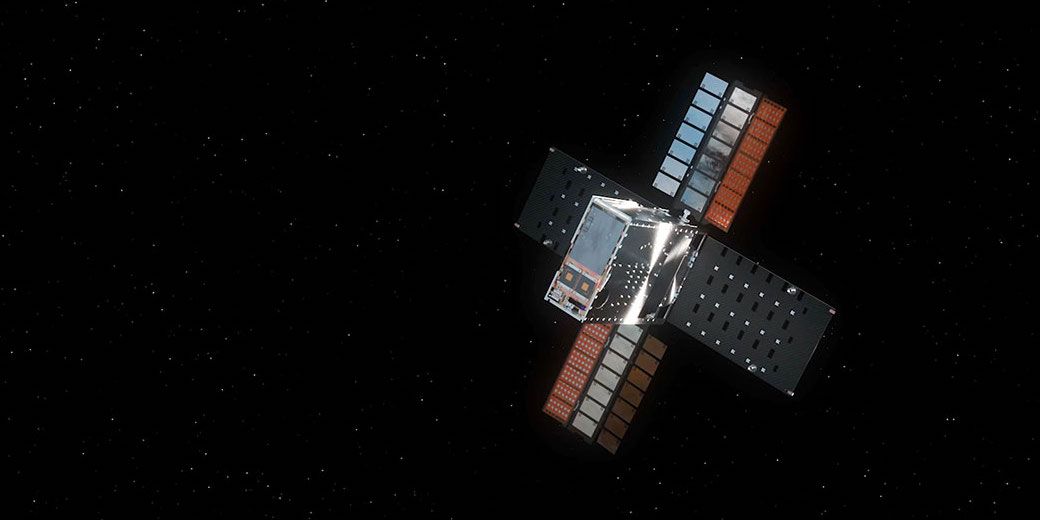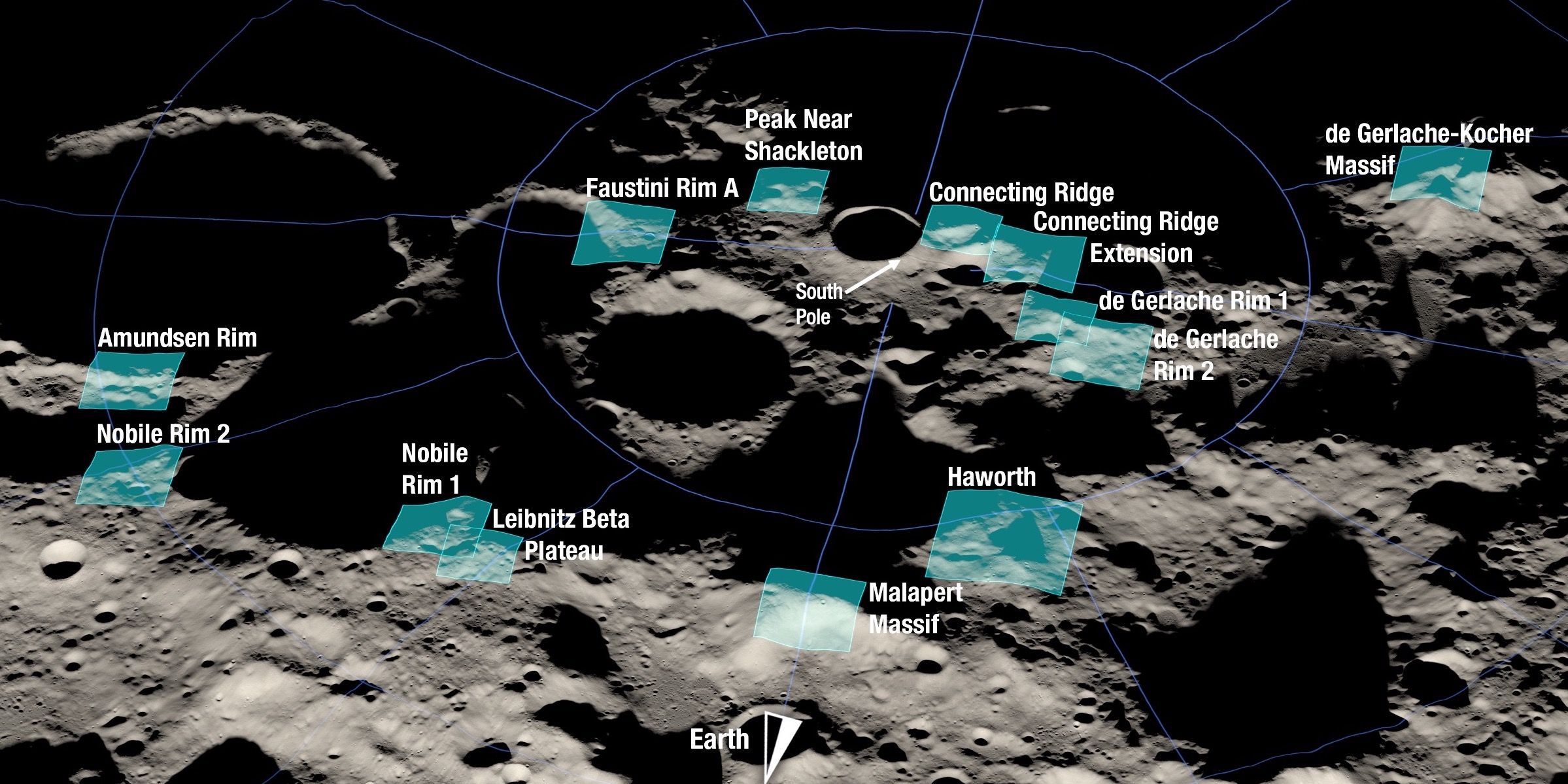Over the weekend, NASA launched a small satellite equipped with a suite of sensors that could map the ice hiding in the darkest corners of the moon. The Lunar Flashlight, as it’s called, is the latest addition to the family of instruments designed to support future Artemis missions. Following the successful test of the Orion craft, which safely returned to Earth on Sunday after just shy of a month in space, NASA is expected to kick off the first crewed Orion flight with Artemis II in 2024.
With the Lunar Flashlight, NASA plans to pinpoint water ice deposits in regions near the moon’s south pole that have long existed in permanent darkness. That frozen water could be invaluable to astronauts on the moon, potentially guiding decisions about what reliable natural resources they’ll have at their disposal. The Lunar Flashlight’s special orbit will allow it to dip extremely close to the surface, periodically bringing it just 9 miles from its target. It could glean unprecedented insight into this unexplored area of the moon.
Finding Water In The Moon’s Icy Shadows
The Lunar Flashlight may only be about the size of a briefcase, being what’s known as a CubeSat, but the technologies it will demonstrate have huge implications. According to NASA, the craft is carrying a reflectometer that will for the first time shine lasers of multiple colors in the near-infrared wavelengths onto these parts of the moon, where no sunlight ever reaches. Based on how those lasers respond — either reflecting off rock or being absorbed by ice — scientists can determine the makeup of materials on the ground. “The greater the absorption, the more ice there may be,” NASA explains.
Its mission will also be the first interplanetary test of NASA’s new “green” chemical propellant, a blend called the Advanced Spacecraft Energetic Non-Toxic (ASCENT) that’s touted to be more efficient and safer to store than current leading propellants. According to NASA, it “can burn by itself without a separate oxidizer.” NASA previously tested it in low-Earth orbit, but never as far away as the moon. Lunar Flashlight’s orbit will bring it between 9 and 43,000 miles from the lunar surface.
The launch of the Lunar Flashlight is yet another step toward NASA’s goal of getting humans back on the moon. Little by little, the pieces are beginning to fall into place. Those interested in keeping up with the small satellite’s whereabouts can track it using NASA’s interactive tool, Eyes on the Solar System. It’ll take about 3-4 months for it to arrive in orbit around the moon.
Source: NASA 1, 2, 3, Eyes on the Solar System/NASA/JPL


